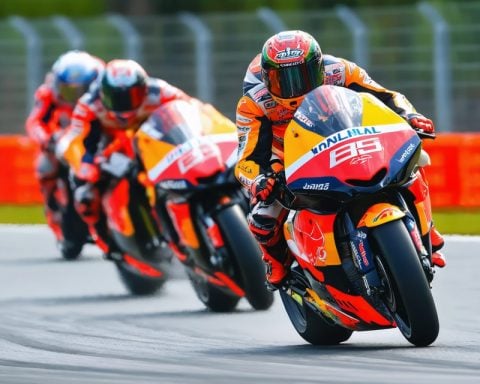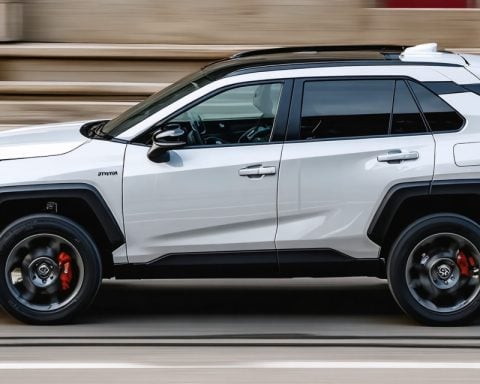CATL, the leading battery manufacturer worldwide, has expressed skepticism towards Tesla’s strategic decision to focus on the 4680 cylindrical cell. Tesla’s CEO, Elon Musk, has been met with criticism from CATL’s founder, Robin Zeng, who believes this battery format is not the way forward.
Tesla’s emphasis on the 4680 battery, hailed for its energy density and cost-effectiveness, has been a cornerstone of the company’s recent developments. Achieving a milestone of producing 100 million 4680 cells, Tesla has showcased its manufacturing prowess. However, CATL asserts that this approach is flawed and unsustainable in the long run.
Zeng highlighted Tesla’s overambitious timelines and unrealistic promises, particularly in the realm of autonomous driving technology and product launches. He cautioned against trusting Musk’s accelerated projections, emphasizing the importance of realistic planning in technological advancements.
In a recent meeting held in Beijing between Zeng and Musk, the divergent viewpoints on battery technology and strategic planning came to the forefront. While Tesla is moving ahead with nickel-based lithium-ion cells, CATL continues to focus on lithium iron phosphate prismatic cells, with the introduction of a cost-effective consumer-grade sodium-ion battery as its latest innovation.
The clash of opinions between CATL and Tesla underscores the diverse approaches within the battery industry, paving the way for continued innovation and competition in the electric vehicle sector.
In the ongoing debate between CATL and Tesla over battery choices, several crucial questions arise that shed light on the complexities of the situation:
1. What are the key concerns raised by CATL regarding Tesla’s reliance on the 4680 cylindrical cell?
– One major concern is Tesla’s overemphasis on the 4680 cell’s energy density and cost-effectiveness, while CATL argues that alternative technologies, such as lithium iron phosphate prismatic cells, may offer more sustainable solutions.
2. How do CATL’s criticisms regarding Tesla’s ambitious timelines and promises impact the discussion on battery technology?
– This criticism highlights the importance of realistic planning and caution against overly optimistic projections in the rapidly evolving field of electric vehicles and battery technology.
3. What advantages does Tesla’s 4680 battery offer over CATL’s preferred lithium iron phosphate cells?
– The 4680 cell is known for its superior energy density and cost-effectiveness, which are crucial factors in advancing the performance and affordability of electric vehicles.
Key Challenges and Controversies:
The clash between CATL and Tesla represents a broader challenge within the industry – balancing the pursuit of technological innovation with sustainable and practical solutions. Tesla’s commitment to pushing the boundaries of battery technology clashes with CATL’s more conservative approach, emphasizing stability and reliability over rapid advancements.
Advantages:
– Tesla’s focus on the 4680 cylindrical cell leverages its energy density and cost-effective manufacturing processes, potentially leading to enhanced performance and lower production costs.
– CATL’s dedication to lithium iron phosphate prismatic cells and the introduction of sodium-ion batteries demonstrates a commitment to innovation and diversification in battery technologies, catering to different market needs and preferences.
Disadvantages:
– Tesla’s reliance on the 4680 cell may result in technological lock-in, limiting the company’s flexibility to adapt to rapidly changing market demands and emerging technologies.
– CATL’s reluctance to fully embrace the 4680 cell format could potentially hinder its competitiveness in the long term, especially if this technology gains wider acceptance and adoption across the industry.
For further insights on the evolving landscape of battery technology and electric vehicles, you can visit the official website of CATL at www.catlbattery.com or explore Tesla’s latest developments at www.tesla.com.













